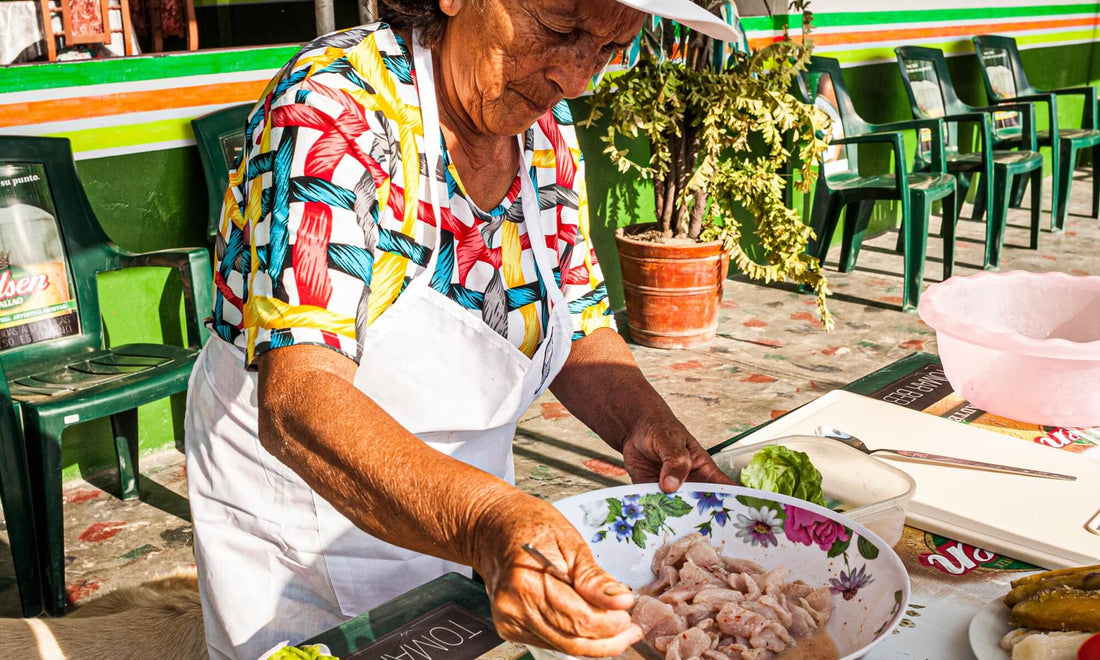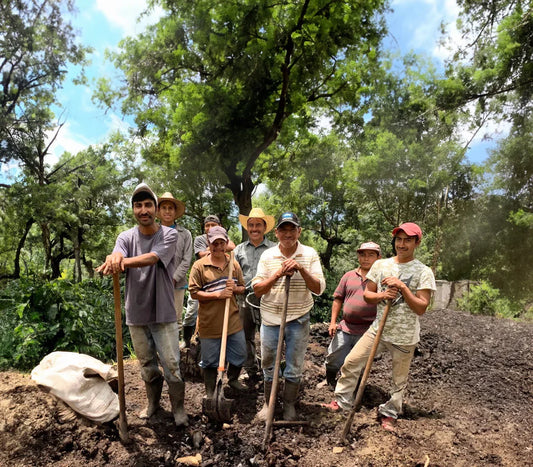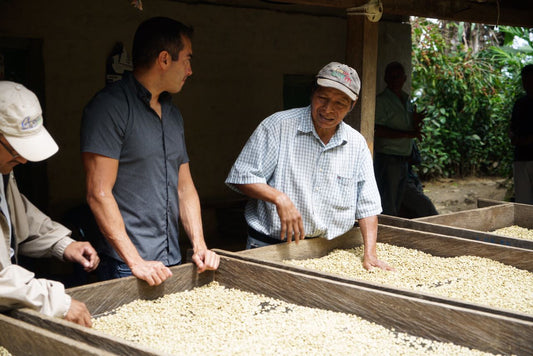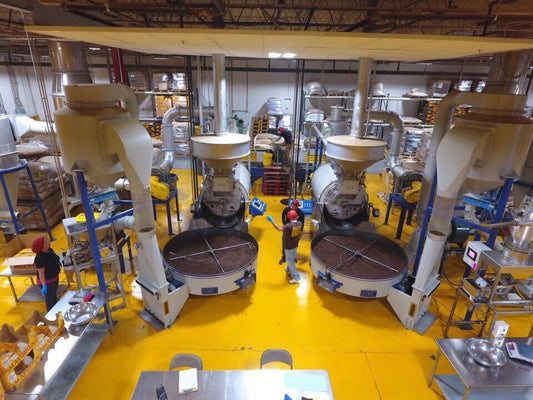
Ceviche: The Importance of Peru's National Dish
I know what you’re thinking. Ceviche? It’s just a piece of raw fish. But think again. This dish is full of mystery, folklore and foreign influence.
Like geological layers. That’s how Peruvian author Mario Vargas Llosa describes the history of his home country in his autobiography, A Fish in the Water.
He writes that the history of the capital, Lima, can be read in the layers of construction materials used, just as one would read the past seasons of a tree according to the rings in its trunk.
It got me to thinking about Peruvian food. The metaphor applies here, too. So many of the nation’s dishes are a reflection of the cultural melting pot within which they were created – with people from a range of backgrounds bringing their own twist (or layer) to recipes that continued to evolve over time.
Nowhere is this more evident than in Peru’s most famous dish: ceviche.
What Is Ceviche?
In short, ceviche peruano is a seafood dish typically made from fresh raw fish or occasionally shellfish, cured in citrus juice and seasoned with red onion, chili pepper and cilantro.
"Any fresh fish is good for ceviche," explains Miguel Aguilar, a Peruvian chef who owns Surfish Bistro in Brooklyn. "On the coast, where it is most popular in Peru, there are many varieties of fish to choose from but you can also find it in the highlands and jungle. Trout is used in the highlands and paiche in the jungle."
The magic happens when the citrus juice is added to the fish and the raw flesh, moist and translucent, becomes opaque and firm and absorbs the fresh, delicate flavor of the citrus.
You might be put off by the thought of consuming your fish raw. Surely that’s not sanitary, I hear you cry.
But fear not. The pH of the citrus juices rearranges the fish's proteins, much like the application of heat, making it delicious while retaining its characteristic freshness.
Fresh and delightfully acidic, ceviche is usually accompanied by starchy vegetables. Although, as Miguel points out, recipes vary by region and the cook's taste.
Ceviche is usually accompanied by yucca, sweet potato, potato, cancha and corn, Miguel says. "In the north, they serve it with chifles, which are fried plantains similar to chips."

Where Did Ceviche Come From?
Although ceviche is considered a heritage dish in Peru, its origins remain enigmatic. Grab your excavation brush, we’re going digging.
According to The Great Ceviche Book, although the Quechuas of Inca times experimented with marine products, chiles, and tangy marinades, the word "ceviche" remained elusive until the 19th century.
According to Maricel Presilla in her book Gran Cocina Latina: The Food of Latin America, in 1820 a popular song dedicated to chicha, a fermented corn drink, listed cebiche (still the preferred spelling) among the Peru's national dishes.
Despite the general agreement that a link between Peru and ceviche exists, folklore intertwines with fact and flavor, with some historians still believing that the dish may have an Asian or Ecuadorian origin.
And the layers don’t end there – as Aguilar points out, "The Spaniards introduced bitter orange and lemon to the continent."
Of course, these are not the only elements of ceviche to be influenced by the old continent.
The extensive Italian migration also contributed to the dish, which is why we now find ceviches with a touch of milk and parmesan cheese, Aguilar continues.
As we dig further, we find the final layer of cultural sediment to be dusted off. The end of the 19th century and the beginning of the 20th century saw many Chinese and Japanese men arrive in Peru to work in the haciendas.
These immigrants brought not only their dedication to work but also their culinary traditions.
The Japanese, for instance, were far more accustomed to dealing with raw fish and it was they who reduced the marinating time of the fish to retain more of its texture.
Without these influences, ceviche would not be the dish so many know and love today.

Where to Enjoy a Good Ceviche
But these cultural layers would never have popularized the way they did if it were not for the huariques - small traditional restaurants and Peruvian gastronomic refuges.
Here, ceviche was (and still is) prepared at affordable prices for the general population to enjoy and appreciate the creativity and ingenuity of the local cooks.
As time went by, Peruvian families adopted ceviche and transformed it into an emblem of the country, as well as a reason to get together on weekends and share recipes.
"Ceviche has always been a dish that unites the family", Miguel says. "Everyone gets together on weekends to prepare their version of it."
A tradition that is now part of world gastronomy; one which continues to expand as ingredients and cultural layers are added yet retains the character and soul of Peru.
"It is a great representation of what Peruvian cuisine gets right," champions Monique Loayza, the general manager of Peru for Less, a travel agency that specializes in custom tours.
"The use of native ingredients (the fish, the chilies, the sweet potatoes) that don't seem to go together to create a dish that totally works and is completely original."
We can’t agree more! Meet us at the nearest huarique?


